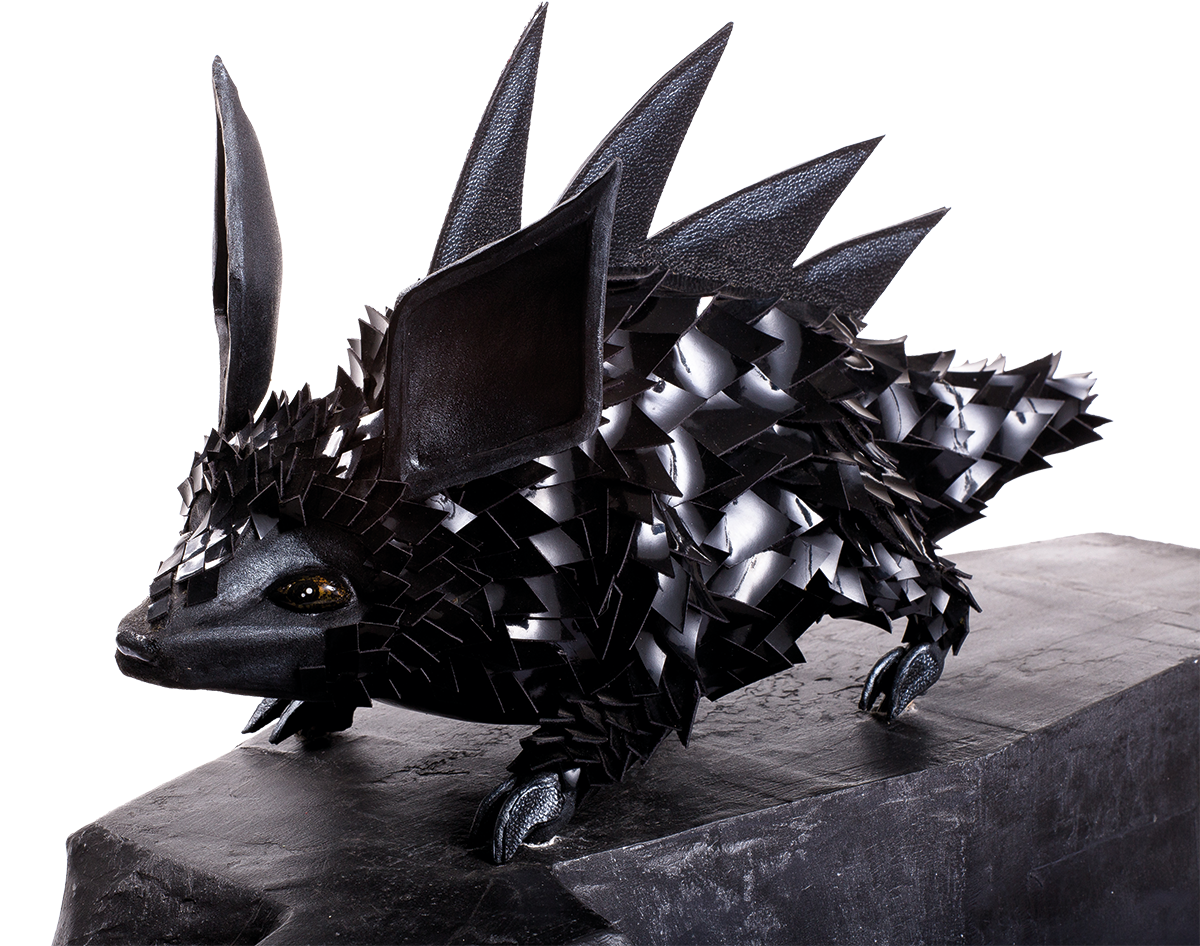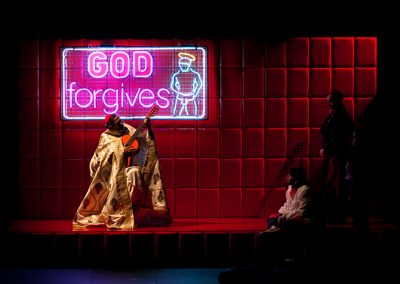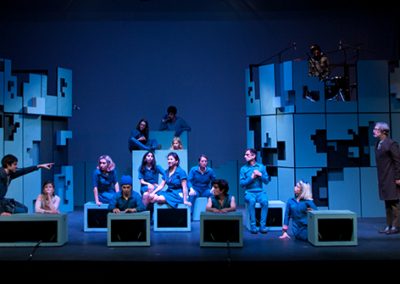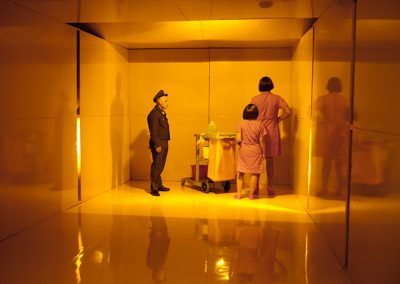Topo Ruizáceo
Ruizacean Mole
dasypus rectilinius

excavador / digger
El cuerpo del Topo Ruizáceo está cubierto por más de novecientas mil escamas romboidales, todas ellas compuestas de una especie de keratina mineral altamente brillante. Estas placas, al ser expuestas a la luz, encandilan a sus depredadores para ahuyentarlos, aunque lamentablemente, esto también ocurre con sus presas. Por esta razón, y para poder alimentarse de pequeños insectos y crías de murciélago, este roedor tan particular se esconde por años en intrincadas y oscuras madrigueras subterráneas que él mismo construye en cuevas de cuarzo negro o carbón. Lo asombroso de estos túneles – y que tiene a los científicos de cabeza tratando de hallar una explicación- es que están hechos exclusivamente con líneas rectas. ¿Cómo puede el Topo Ruizáceo lograr este nivel de perfección y pulcritud en la construcción de su madriguera?
The Ruizacean Mole is covered in over nine hundred thousand rhomboid scales. Each scale is made of a keratin mineral so bright that, in the sunlight, is capable of blinding its predators and- unfortunately for them- also, its prey. That is why this extremely particular rodent spends years hiding in complex underground burrows that it builds within black quartz or carbon caves. Here, it also feeds off of small insects and bat offspring. What has scientists completely puzzled is that these burrows are made, exclusively, of straight lines. How is it possible for the Ruizacean Mole to achieve this level of precision and perfection in its burrow building?


Rodrigo Ruiz
Santiago, 1976
Diseñador de Espacio, Escenografía e Iluminación, con más de 20 años de trayectoria, explorando entre la creación y la docencia en diversas cátedras y universidades (aunque a veces prefiere referirse a él mismo como “trabajador de las artes escénicas”). Su trabajo podría resumirse en poner en escena espacios con referentes provenientes de la Arquitectura, Historia, la Guerra Fría, Artes Visuales, Ciencia Ficción , la Música y el BDSM, siempre en la búsqueda de la volumetría, materiales y revestimientos poco convencionales. Ha tomado la línea recta, la geometría dura y el despojo de ornamentación, como material base para la creación de espacios.
Space, Stage and Lighting Designer with over 20 years’ experience in the field. He has worked producing creative work and teaching in several programs and universities, although he prefers to refer to himself as a “performing arts worker”. In his work, he stages spaces that model after examples in Architecture, History, the Cold War, Visual Arts, Science Fiction, Music and BDSM, in search for unconventional volumetrics, materials and linings. His spaces spring from a base of straight lines, sharp geometry and absence of ornamentation.
“El diseño escénico forma parte de un intricado sistema laboral –escénico, donde concepto y técnica coexisten, donde a ese espectador –al menos yo- pretendo hacerle más preguntas que darle respuestas . Envolverlo y someterlo a imágenes bellas y ominosas, delicadas y estrepitosas, generando una síncopa en la rítmica visual.”
“Stage design forms part of an elaborate work system- the work of the stage: where the conceptual and the technical coexist, and where -at least I- hope to pose more questions to the spectator than provide answers. To surround them and submit them to beautiful and ominous images, delicate and deafening, creating a visual rhythmic syncopation.”



